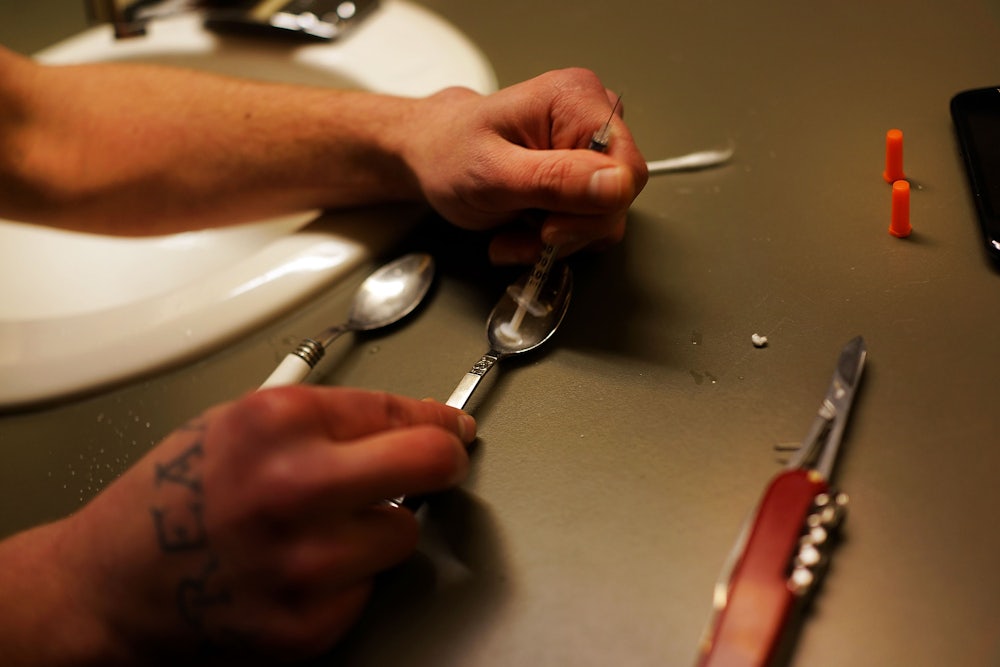On a conference call with reporters Tuesday, administration officials announced that, in the White House’s 2017 budget proposal, they will be asking for $1.1 billion in mandatory spending, spread over two years, largely for state-level cooperative, “evidence-based” treatment and prevention programs targeting growing opioid abuse. The $400 million set aside to address the issue in 2016 already represents a $100 million increase over spending levels the previous year, and U.S. Health Secretary Sylvia Mathews Burwell said she’s confident a bipartisan consensus can be forged around the White House’s “comprehensive approach.”
The racial dynamics of this softer outlook are impossible to ignore. The heroin epidemic has hit hardest in small town white America—places like New Hampshire and Burwell’s native West Virginia. Whereas sensationalist reports of “crack babies” and inner-city “superpredators” triggered all the country’s most punitive reflexes a generation earlier, today’s equivalent epidemic is being treated as the public health crisis it always should have been.
One generous way of explaining this transformation is that the country has finally learned its lesson. But the more the paradigm shifts, race’s historical place in drug war also becomes more obvious.
